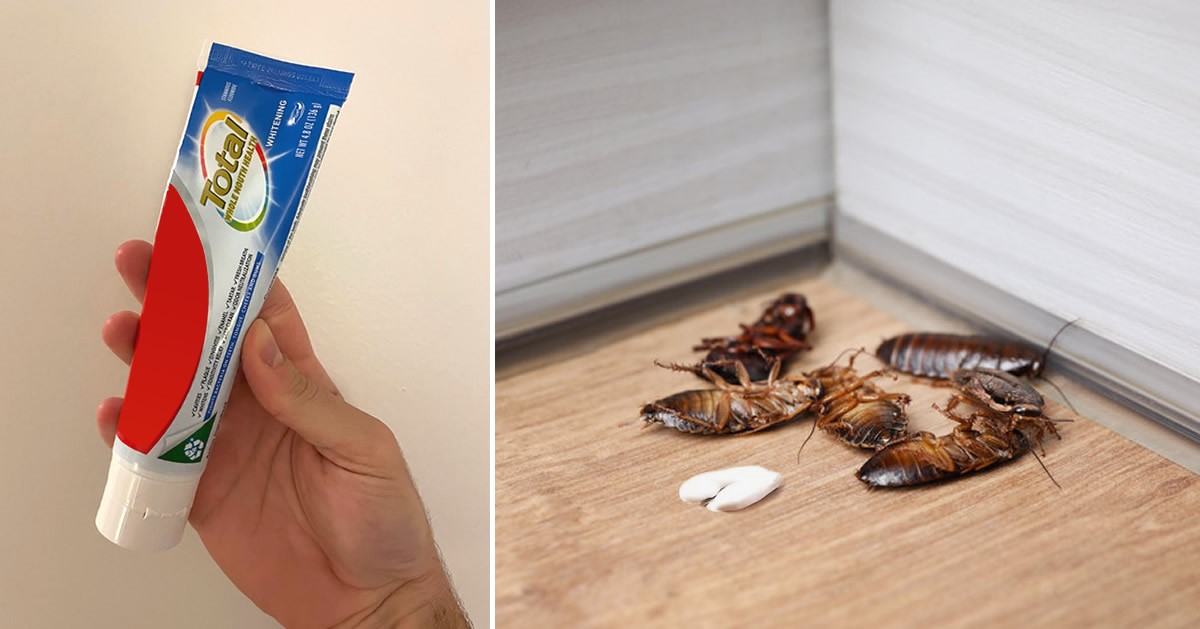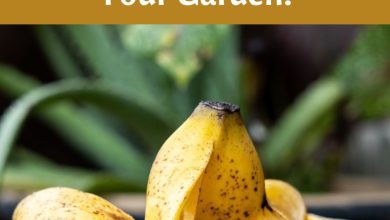Pesky ants and mites can be a nuisance in any household, often infiltrating kitchens, pantries, and even bedrooms. While there are numerous commercial products available to combat these pests, my nana always swore by a simple, yet effective, household hack: using toothpaste. This article delves into the surprising efficacy of toothpaste in dealing with these unwelcome invaders and provides a step-by-step guide on how to use it effectively.
Understanding the Toothpaste Hack
Toothpaste, a common household item found in almost every bathroom, is typically used for oral hygiene. However, its properties extend beyond just keeping our teeth clean. Toothpaste contains ingredients that can disrupt the behavior and survival of ants and mites. This hack leverages the strong scent, texture, and certain chemicals in toothpaste to deter and eliminate these pests.

Why Toothpaste Works Against Ants
Ants rely heavily on scent trails to communicate and navigate. Most toothpaste contains menthol or mint, which is overwhelming to ants, masking their pheromone trails. Additionally, some of the chemicals in toothpaste can be toxic to ants, causing them to steer clear or perish upon contact. This makes toothpaste a viable tool in breaking up ant trails and reducing ant infestations.
How Toothpaste Affects Mites
Mites, though tiny and often invisible to the naked eye, can be particularly bothersome, especially in bedding and upholstery. Toothpaste’s strong scent and antibacterial properties can help repel these critters. The abrasiveness of the paste can also be harmful to the mites’ exoskeleton, leading to their eventual demise. When applied correctly, toothpaste can create an unfriendly environment for mites, keeping them at bay.

Step-By-Step Guide to Using Toothpaste for Pest Control
1. Identify the affected areas where ants or mites are most active.
2. Choose a toothpaste with a strong mint scent and ensure it contains no harmful chemicals if used around pets.
3. For ants, apply a thin line of toothpaste across entry points and trails. For mites, dilute toothpaste with a bit of water and use a cloth to spread a thin layer over affected surfaces.
4. Reapply as necessary, especially after cleaning or every few days to maintain effectiveness.
5. Monitor the pest activity and adjust the application areas if needed.
Precautions to Take When Using Toothpaste Hack
While toothpaste is generally safe, it’s important to take certain precautions. Ensure pets and small children do not ingest the product, as some ingredients might be harmful if swallowed. Always use toothpaste in moderate amounts and avoid applying it directly on sensitive surfaces like polished wood, as it can cause damage. Perform a small patch test if unsure about the surface’s reaction to the toothpaste.

Alternative Natural Remedies for Ants and Mites
Aside from toothpaste, there are other natural remedies to consider. For ants, mixtures of vinegar and water, or sprinkling cinnamon or black pepper at entry points can be effective. For mites, essential oils like tea tree, eucalyptus, or lavender can be diluted with water and sprayed on affected areas. Baking soda is also a versatile option for both ants and mites when sprinkled around.
Benefits of Using Household Items for Pest Control
Using household items for pest control offers numerous benefits. They are generally more cost-effective compared to commercial pest control products and can be readily available at home. These solutions are also typically safer and reduce the risk of adverse effects on health and the environment. Additionally, they provide a chemical-free alternative, which is crucial for households with pets and small children.
Frequently Asked Questions
1. Can any type of toothpaste be used? – It’s best to use toothpaste with a strong mint scent and without harmful chemicals.
2. How often should the toothpaste be reapplied? – Reapplication every few days or after cleaning the affected area is recommended.
3. Is this method safe for pets? – While generally safe, ensure pets do not ingest the toothpaste. Use in moderation and choose non-toxic variants.
Conclusion
My nana’s toothpaste hack for dealing with ants and mites might seem unconventional, but its simplicity and effectiveness make it a worthy solution. By understanding how toothpaste affects these pests and following the proper application steps, you can maintain a pest-free home using common household items. Embracing such natural remedies not only safeguards your home’s environment but also offers a cost-effective, readily available solution.
Source: remedydaily







